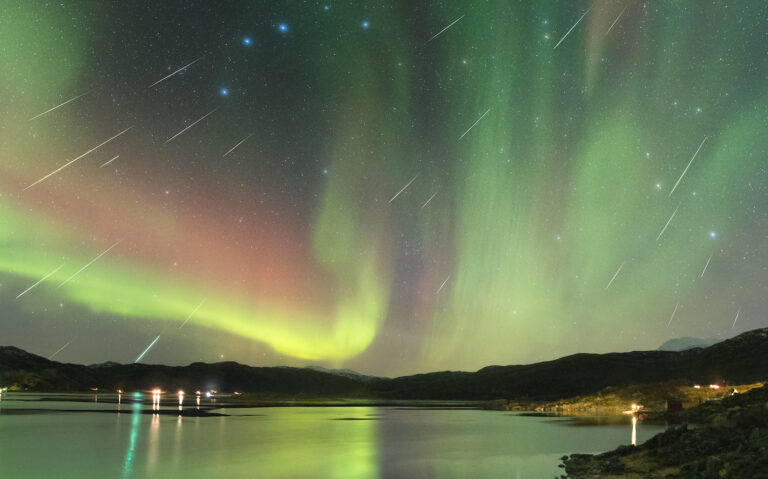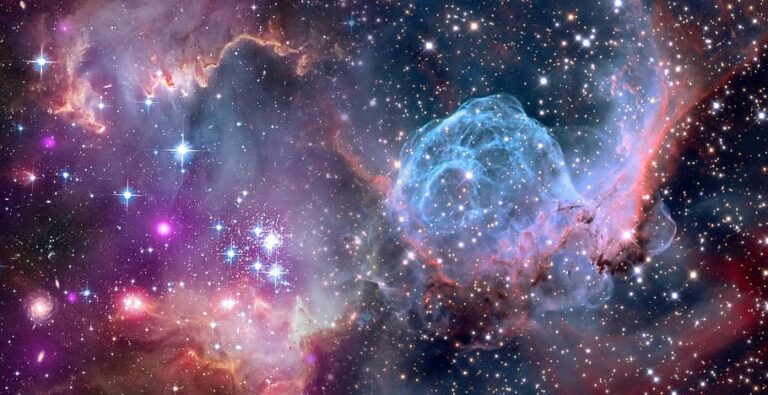
Closest Black Hole to Earth: Black holes are one of the most mysterious objects out in space and something that captures the imagination of all space loving humans no matter what their age. The wonder created from knowing that an object exists alongside us that we cannot see, cannot get close to and most definitely wouldn’t want to fall into, opens up countless questions and puzzled faces during our astronomy presentations at the Aurora Borealis Observatory.

Black holes were first theorised in 1784 by astronomical pioneer and clergyman John Michell, his calculations assumed that there could be a body in space that has so much mass, light could not escape it due to a surface escape velocity, the speed at which an object needs to travel to overwhelm the gravitational pull of a massive object, like a star. His early physics didn’t stand the test of time within the science community, but it was the first theory of such a gigantic and mysterious object potentially existing. Fast-forward over 200 years to the modern day and black holes are now in accepted existence and have also been photographed, kind of.

Black holes are now known to be an area of spacetime where the gravity around the object is so strong that nothing can escape, not even light which we know travels at just less than 3 hundred million meters per second! Most black holes are formed when a massive star dies in a supernova explosion, as the star approaches the end of its life it is eventually overwhelmed by gravity and collapses.
[the_ad_placement id=”articles-1″]
The resulting core collapse means so much mass is in a confined volume, the collective force of gravity overcomes the rule that usually keeps the building blocks of atoms from occupying the same space. All this density creates a black hole.

Recently scientists have discovered the closest known black hole to the Earth at only 1,000 light years away, that is around 9.5 thousand, million, million km, which is quite close given the furthest object ever observed is over 13 billion light years away! It was discovered accidently by Marianne Heida at the European Southern Observatory in Germany and her colleagues. It is part of a system called HR 6819 that also comprises of two stars. The team was looking for pairs of stars in which one was a type that rotates so quickly it throws off material from its equator, creating a kind of ring from its own plasma. They discovered HR 6819, which has one of those plus one normal star, but the normal star appeared to be orbiting an empty spot of space once every 40 days. That turned out to be a black hole at least four times as massive as our Sun.

“There must be a bunch of them closer by that we haven’t found yet, but this is the closest that we know,” says Heida. “Based on the number of stars in the Milky Way, we expect that there are about 100 million of these small black holes, and we’ve only found less than 100 of them.” If black holes were spread evenly throughout the galaxy, the closest should be just 30 to 40 light years away, she says.

[the_ad_placement id=”articles-1″]
As we mentioned earlier, most black holes are invisible, they are discovered from the way they interact fiercely with an accreting disc of gas and dust. As they devour this material, X-rays are emitted. It’s this high-energy signal that telescopes detect, not the black hole itself. Discoveries like this can help us get an idea on how many black holes there are in our galaxy.

This discovery of the closest black hole to earth is located in the southern hemisphere constellation of Telescopium and the stars around this black hole can actually be seen with the naked eye in dark skies. If you locate the brightest star in the constellation of Pavo, which is named Peacock after the Latin name for the constellation. You simply draw a line to the right and stop before you reach the luminous yellow star Beta Are, then you will be looking at and in the direction of the closest black hole known to Earth.

Unfortunately, this constellation is not visible from the Aurora Borealis Observatory as our island, Senja, is too far north. As we know the main advantage of our location is, we sit directly underneath the auroral oval, the area of the Earth’s atmosphere where the northern lights are observed frequently. We are already looking forward to welcoming guests on their northern lights holidays for the 2020/21 aurora season.


